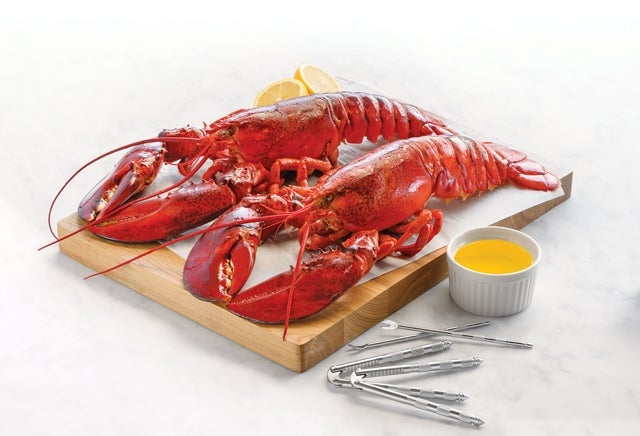How the first company to use Google Ads built its business
The lobster delivery company pinched and held on tight to the use of online ads

The first company to sign up for Google Ads was a lobster delivery company started from scratch by Dan Zawacki in Chicago with only $1,000 in 1989. The company now makes around $6 million in revenue with 26 employees. Initially a more affordable idea for gifting clients the crustaceous delicacy instead of wining and dining them during the 1980s, Lobster Gram was birthed right alongside the dot com boom to become one of the first mail order seafood and gourmet food businesses on the internet. Quartz spoke with Christine Lopez, Lobster Gram’s vice president of operations who has been with the company since 1998, about how internet tools like search and Google Ads helped build the business. The following transcript has been lightly edited for length and clarity.
Suggested Reading
Quartz: How did Lobster Gram start?
Christine Lopez: Lobster Gram was founded in 1989 by Dan Zawacki. He was working as a salesman selling thermostat parts and basically needed gifts for his customers. And for whatever reason, Dan always had a passion for lobsters. He thought, “Wouldn’t it be really cool to fly lobsters in and give them to people?” So he had a box of lobsters flown in from Maine. And he literally went door to door to his customers giving them lobsters and a stick of butter in a bag and was like, “Merry Christmas.”
One of his customers was like, “This was amazing, this is the best gift I had ever received.” The customer told him to do something with this concept and start a company. He made a quick little business plan, got an 800 number and then went on a radio show here in Chicago promoting his new company.
Quartz: How did Google Ads help Lobster Gram go digital?
Lopez: When we started in 1989, we had a pamphlet people could order from. That morphed into a catalog. We were mailing a million plus catalogs a year—to get the Lobster Gram brand out there. When Google AdWords [now just Google Ads] hit the internet and all that good stuff, it really allowed us to transform the business from a catalog company to more of a digital marketing company.
Google AdWords was kind of that first stepping stone for us in the World Wide Web to get the Lobster Gram name out there and then just progressively increase our digital presence over the years to where it is to the current day where we’re strictly digital. Today we do everything via Facebook, Instagram, the Meta universe, and still use Google Ads. I think switching to a digital platform with Google Ads and all the stuff out there now at our fingertips, is definitely more cost effective. You’re getting a better read on what that ROI looks like, as opposed to a catalog where it was a little bit more difficult to pinpoint.
Quartz: How has Lobster Gram grown over the years?
Lopez: Over the years, Lobster Gram has definitely stayed true to its roots. We were basically the first people to really do mail order live seafood. We were a shipping label. Lobsters direct to consumer that they can prepare in their own home. Over the years, that product line has morphed into other gourmet food items like filet mignon, New York strips, crab, shrimp and an assortment of other seafood products. We’re really just gourmet food delivery experts, that is primarily a gifting company. We peak during gifting times of the year: Valentine’s Day, Mother’s Day, Thanksgiving, etc.

The great aspect of having a digital presence now is that people search and find us. We have a pretty extensive cooking guide. So a lot of people will come to us to learn how to cook a lobster or watch our videos on steaming king crab. We are seeing people come to us not necessarily to strictly purchase, but for educational purposes as well. Since the covid pandemic, we’ve seen an increase in younger demographics visiting our site, not just the older customer base that developed with us during the dot com boom.
It’s all trial and error because it’s kind of refining and tweaking what customers are actually searching for. What we were paying for Ads 20 years ago is different than what we’re paying for now just because things change. People are searching differently than they were 20 years ago, so it’s keeping content fresh and making sure we’re staying on top of what customers are looking for and want.